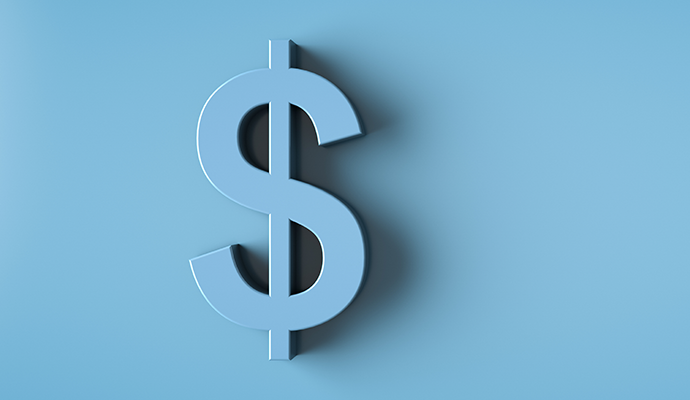Health Insurance Price Growth Rises to 20%, Outpacing Other Medical Care
Experts anticipated high health insurance prices, but it remains unclear whether high prices in the rest of the nation’s goods and services will push health insurance prices even higher.

Source: Getty Images
- Health insurance prices rose faster than other medical care categories’ prices but broke from normal patterns by failing to outpace the overall price increases on all goods and services, a brief from Peterson-Kaiser Family Foundation (KFF) Health System Tracker found.
The researchers leveraged Bureau of Labor Statistics (BLS) to assess prices for medical care and overall goods and services. BLS compiles the consumer price index (CPI) and the producer price index (PPI).
Inflation is pushing overall prices upward. It also has led to a role-reversal for medical price and overall price increases.
Typically, the medical prices grow at a faster rate than the country’s overall prices, but between 2021 and 2022 overall prices outpaced medical price increases. The CPI for all urban consumers indicated that medical prices jumped 5.0 percent in the same timeframe, shifting from the lowest annual change in 20 years (1.3 percent annual change) to the most significant change in the same amount of time.
But overall goods and services saw an even more dramatic change. In 2020, overall goods and services had an annual change of 1.2 percent. In 2021, that annual change ratcheted up to 6.2 percent. In 2022, the annual change for the consumer price index for all urban consumers hit 7.7 percent, a two-decade high.
In the past two decades, medical care prices rose 110.1 percent. This includes insurance costs, services, medical equipment, and more. Meanwhile, consumer goods and services jumped 71.3 percent.
Within healthcare prices, the only category that saw growth that exceeded the medical care increase and overall goods and services increase was health insurance. Health insurance rose 20.6 percent between October 2021 and 2022. The second highest medical care category—medical equipment and supplies (5.1 percent)—did not come close to health insurance’s growth.
Despite the staggering difference between health insurance’s price growth and the price growth of other medical care categories, the October 2022 percent increase represents a decline in price growth for this category. In September 2022, health insurance price growth reached an all-time high of 28.2 percent.
“But the health insurance CPI presents data that is almost one-year lagged, thus is not representative of current price changes. Rather, the CPI through September 2022 likely reflects insurer margins for the 2020 calendar year,” the researchers noted.
The Peterson-KFF researchers predicted that the health insurance CPI would escalate again once experts have more data.
Outside of healthcare, gasoline saw the highest price increase between October 2021 and October 2022, according to the CPU for all urban consumers, rising 17.5 percent. Electricity and food also exceeded the overall price increase for all goods and services, with an increase of 14.1 percent and 10.9 percent respectively.
The researchers also examined prices from a producer perspective based on transaction prices through the PPI. Private insurer prices exceeded public payer programs and the growth of overall health services, according to this metric.
Private payer PPI rose 21.8 percent from June 2014 to October 2022. During the same timeframe, Medicare’s PPI rose 14.4 percent, Medicaid’s PPI grew by 14.2 percent, and the overall healthcare services PPI grew 18.7 percent.
The increases did not catch the researchers by surprise. Experts had been predicting five to ten percent premium increases due to rising healthcare prices and escalating utilization. And employers had been pointing to inflation and utilization—plus some lingering coronavirus pandemic impacts—as responsible for higher employer-sponsored health plan premiums.
Although these increases were expected, the remaining unknown is whether the economy’s rising prices will in turn push healthcare prices upward.
